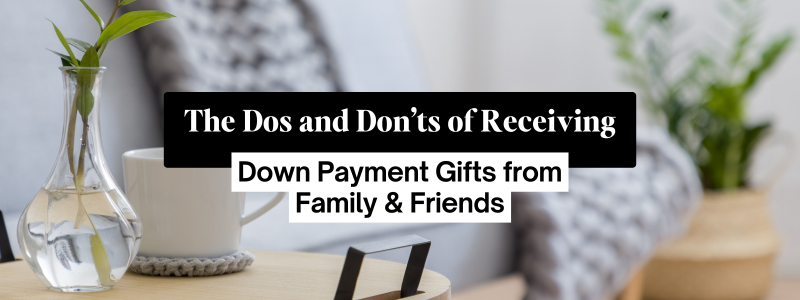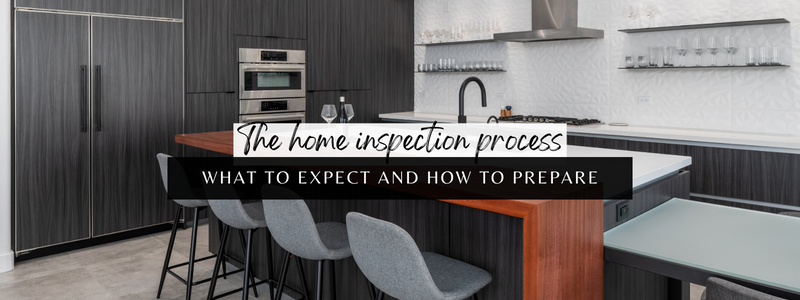
Buying a home is one of life’s biggest milestones. You’ve saved, planned, and finally have the keys to a place you can truly call your own. 🎉 But once the excitement of move-in day settles, what comes next?
While decorating and unpacking are high on the list, there are two essential steps every homeowner should take to protect their home and their loved ones:
1. Set Up a Living Trust and Transfer Your Home Into It
A living trust is a smart estate-planning tool that allows you to place your assets—including your home—into a trust while maintaining full control during your lifetime. It ensures that your home is smoothly passed on to your beneficiaries without going through probate, which can be a long and costly legal process.
Here’s why this matters:
✅ Avoid Probate Hassles: Without a trust, your home could be tied up in probate court for months (or even years). A trust lets your loved ones inherit the home without unnecessary legal delays.
✅ Maintain Full Control: As the trustee, you can still sell, refinance, or manage your home as you wish. Nothing changes while you’re alive, but your wishes are automatically carried out when the time comes.
✅ Ensure Your Home Goes to the Right People: Unlike a will, which can be contested in court, a living trust clearly outlines who inherits your home—giving you peace of mind that your wishes will be honored.
Many homeowners assume that having a will is enough, but the reality is that a will alone often leads to probate court. A living trust keeps things private, simple, and stress-free for your loved ones.
2. Get a Term Life Insurance Policy Equal to Your Mortgage Amount
Your mortgage is likely one of the biggest financial commitments you’ll ever make. But what happens if something unexpected happens to you? A term life insurance policy can ensure your family isn’t left struggling with mortgage payments.
Here’s why it’s a smart move:
🏡 Protects Your Home: A policy that matches your mortgage balance ensures that if something happens to you, your family can pay off the loan and keep the home. For example, if you owe $300,000, a $300,000 term policy provides a financial safety net.
💰 Affordable Coverage: Term life insurance is typically more budget-friendly than other types of life insurance. If you’re in good health, you can lock in low monthly rates for years to come.
👨👩👧 Provides Stability for Your Loved Ones: Losing a loved one is hard enough—financial uncertainty shouldn’t make it worse. A term life policy ensures your family can stay in the home you worked so hard to buy.
💡 Pro Tip: If you have a 30-year mortgage, choose a 30-year term policy to ensure coverage lasts as long as the loan.
Why These Steps Matter
Buying a home isn’t just about having a place to live—it’s about securing your future and protecting the people who matter most.
✅ Peace of Mind: Knowing your home and family are protected lets you enjoy homeownership without worry.
✅ Financial Security: Avoiding probate and covering your mortgage ensures your family won’t be burdened with unexpected costs.
✅ Legacy Protection: These steps ensure your home stays with your loved ones, just as you intended.
A Personal Perspective
When I bought my first home, I was so caught up in the excitement of moving in that I didn’t even think about long-term protection. No one told me about the importance of a living trust or term life insurance. It wasn’t until later that I realized how crucial these steps are.
I wish someone had told me sooner—that’s why I’m sharing this with you now.
Take Action Today
Whether you’re a first-time homeowner or you’ve bought multiple properties, it’s never too late to put these protections in place. Setting up a living trust and securing a term life insurance policy are simple steps that can make all the difference for your family’s future.
🏡 Your home is more than a financial investment—it’s a legacy. Take these steps today and enjoy the peace of mind knowing you’ve done everything possible to protect it. 💙
#HomeOwnership #FinancialPlanning #ProtectYourHome #PeaceOfMind

 Facebook
Facebook
 X
X
 Pinterest
Pinterest
 Copy Link
Copy Link










